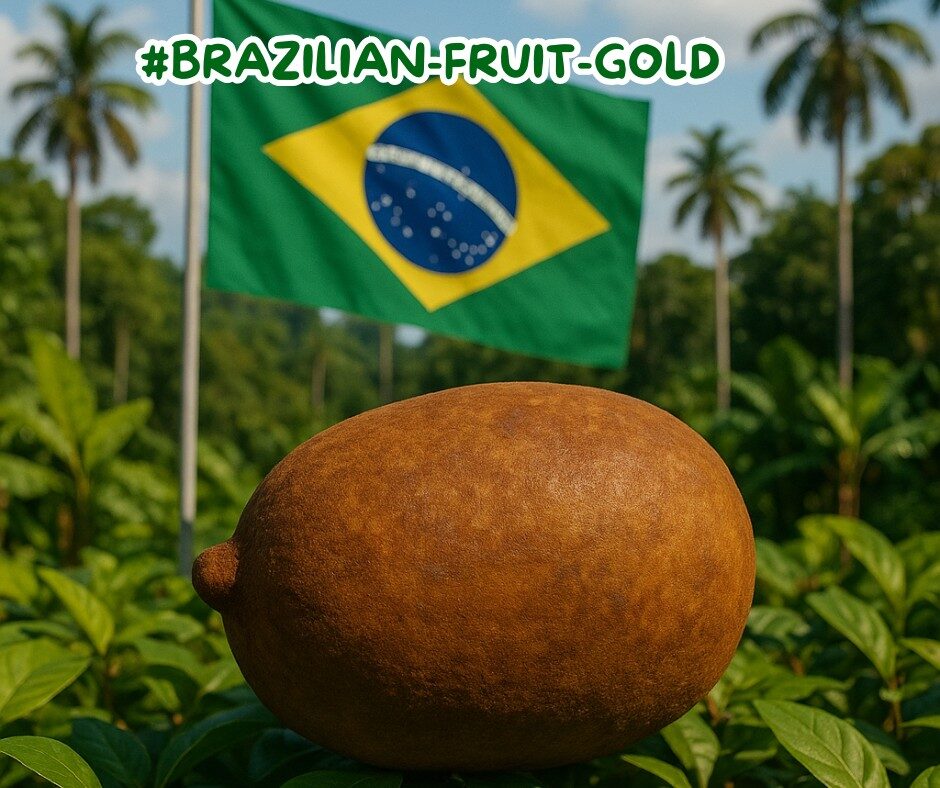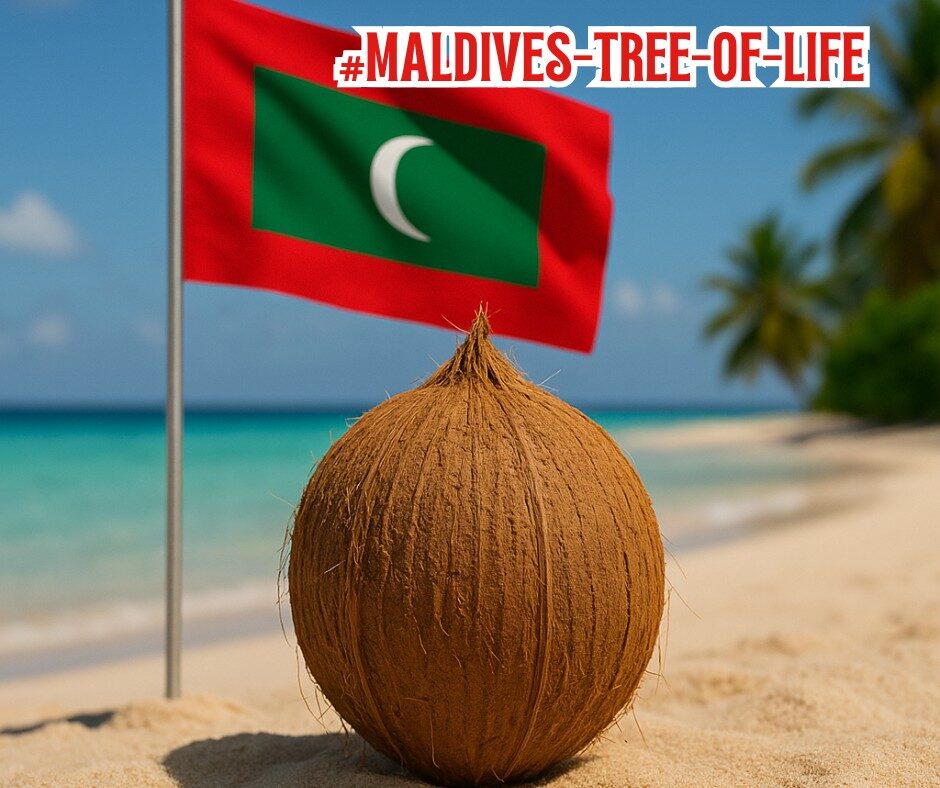by Dr. Marli Botha
Mangoes are available in large amounts during peak season, and you might be tempted to buy a boxful when they are available at a reasonable price. It is important, however, to know how to pick the right mango. The bulk of South African mangoes come from the Hoedspruit area in the Limpopo Province, and can be harvested from November to May…
Here are a few facts to take into consideration before you stack up on mangoes the next time:
- Mangoes are available during the South African summer, which begins in November and peaks in January/February. Mango season starts with the red-skinned Tommy Atkins cultivar and ends with the green-skinned Keitt. While buying mangoes, choose the ones without dark spots, blemishes, or splits. Never choose under-ripe mangoes as they have an unpleasant taste when eaten raw (unless you like the peculiar taste!).
- The skin colour is not an indication of ripeness. Smelling the stem end of a mango will be a better indication of whether it is ripe. A ripe mango will have a fruity aroma and it is soft to touch, and yields to gentle pressure.
- Proper storage is necessary to ensure the fruit stays fresh. Mangoes generally have a shelf life of one to two weeks and can be refrigerated for up to three days. If the mangoes are hard and green, they should be placed in a brown paper bag for a few days for them to ripen. They should be stored at room temperature and away from the sun until they ripen. Once ripe, they can be stored in the refrigerator.
- Mangoes can also be frozen. Freezing them makes their skin black, but the inner flesh stays in a good condition. They can be frozen as whole fruits or as chopped pieces. When freezing peeled mangoes, sprinkle sugar over the chopped fruit and stir gently with a wooden spoon to dissolve the sugar in the fruit’s own juices. Seal these pieces in an airtight container or in plastic freezer bags after squeezing all the air out.
- When consumed raw Mango can cause a strange, tingly, itchy sensation in the mouth. “Mango mouth,” as it’s been called, occurs in people who have a mango allergy, most commonly linked to the chemical urushiol. Urushiol is found in high concentrations in the mango peel and the fruit directly underneath the peel.




